Jih-Hong Shue
Regression-based Physics Informed Neural Networks (Reg-PINNs) for Magnetopause Tracking
Jun 23, 2023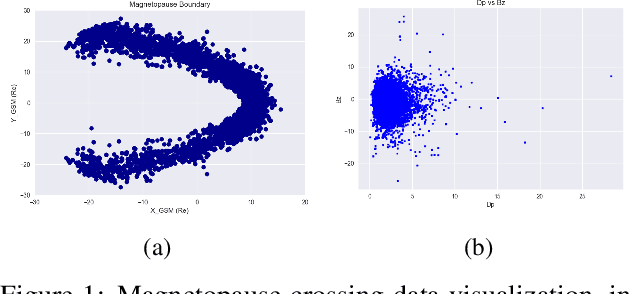

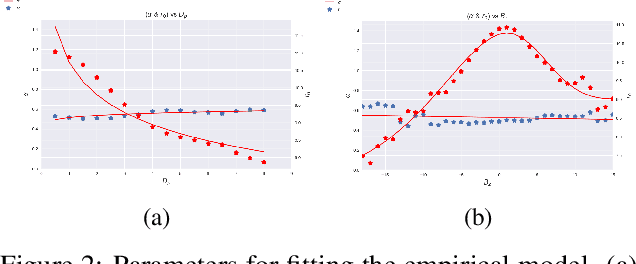

Abstract:The ultimate goal of studying the magnetopause position is to accurately determine its location. Both traditional empirical computation methods and the currently popular machine learning approaches have shown promising results. In this study, we propose a Regression-based Physics-Informed Neural Networks (Reg-PINNs) that combines physics-based numerical computation with vanilla machine learning. This new generation of Physics Informed Neural Networks overcomes the limitations of previous methods restricted to solving ordinary and partial differential equations by incorporating conventional empirical models to aid the convergence and enhance the generalization capability of the neural network. Compared to Shue et al. [1998], our model achieves a reduction of approximately 30% in root mean square error. The methodology presented in this study is not only applicable to space research but can also be referenced in studies across various fields, particularly those involving empirical models.
Automatic Emergency Dust-Free solution on-board International Space Station with Bi-GRU (AED-ISS)
Oct 16, 2022
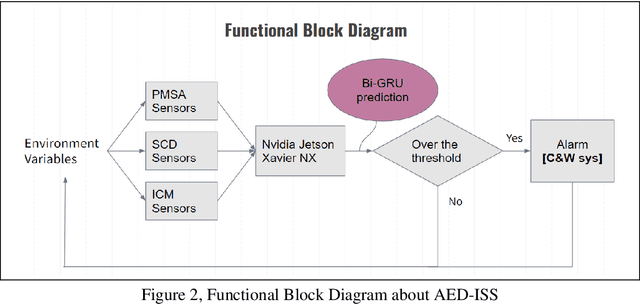
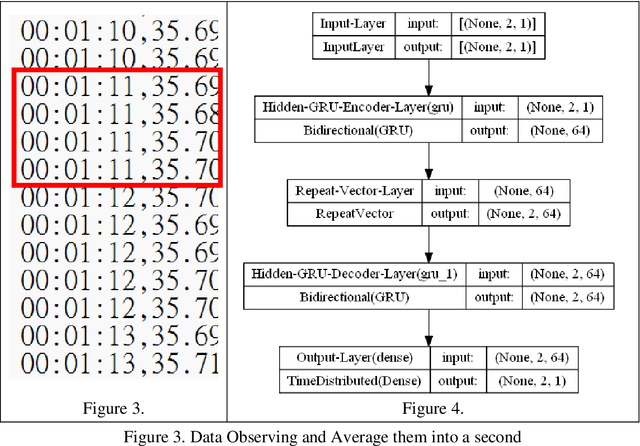
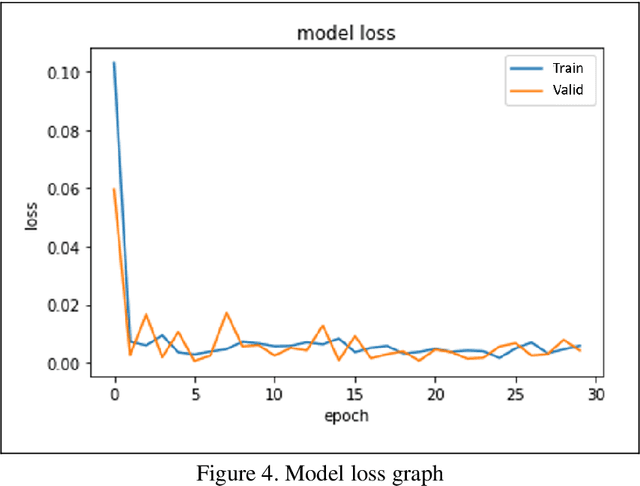
Abstract:With a rising attention for the issue of PM2.5 or PM0.3, particulate matters have become not only a potential threat to both the environment and human, but also a harming existence to instruments onboard International Space Station (ISS). Our team is aiming to relate various concentration of particulate matters to magnetic fields, humidity, acceleration, temperature, pressure and CO2 concentration. Our goal is to establish an early warning system (EWS), which is able to forecast the levels of particulate matters and provides ample reaction time for astronauts to protect their instruments in some experiments or increase the accuracy of the measurements; In addition, the constructed model can be further developed into a prototype of a remote-sensing smoke alarm for applications related to fires. In this article, we will implement the Bi-GRU (Bidirectional Gated Recurrent Unit) algorithms that collect data for past 90 minutes and predict the levels of particulates which over 2.5 micrometer per 0.1 liter for the next 1 minute, which is classified as an early warning
 Add to Chrome
Add to Chrome Add to Firefox
Add to Firefox Add to Edge
Add to Edge